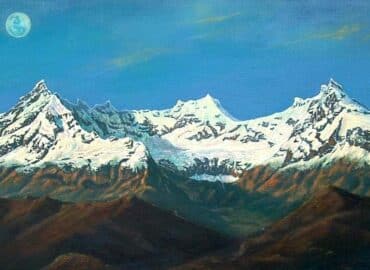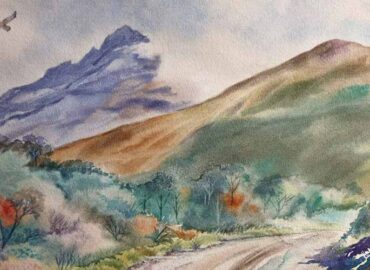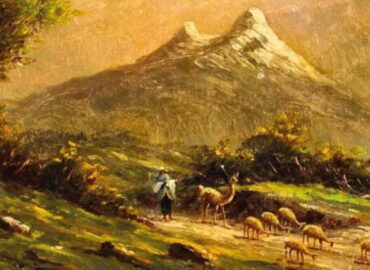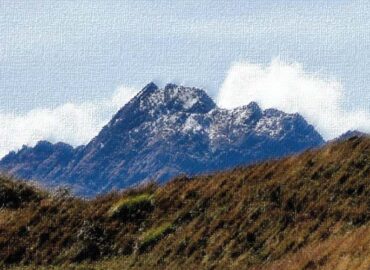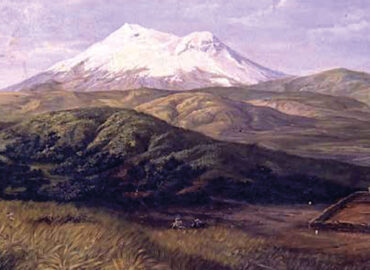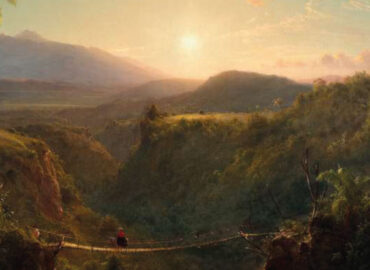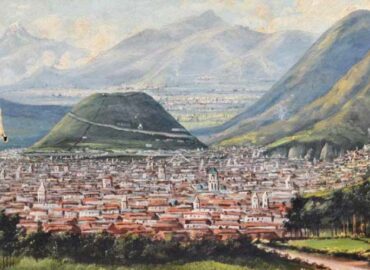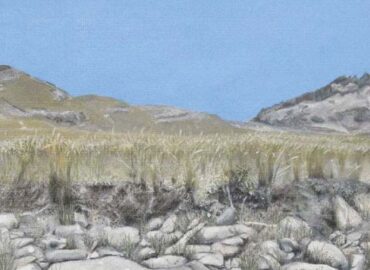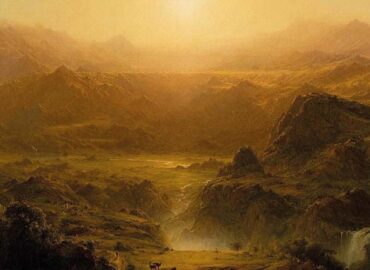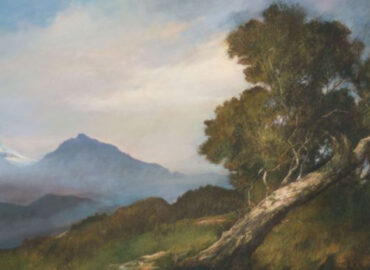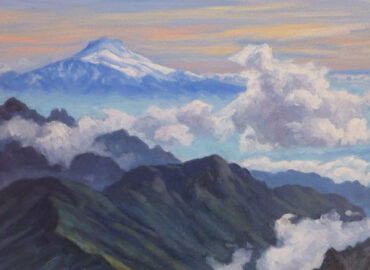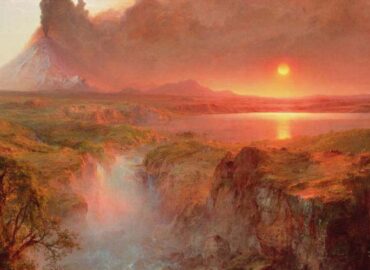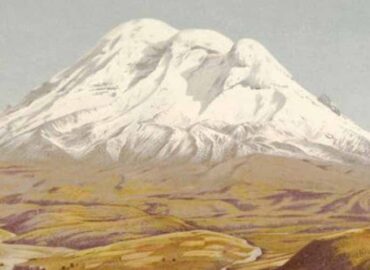History of Climbings to the Ecuadorian Mountains
Description
Certain circumstances led me to say in the morning, “Señor Racines, now tell me, upon your word of honour as a gentleman, Are there fleas in this house?” There was just a fractional hesitation, and then the tambo-keeper answered with the air of a man who spoke the truth, “Señor, upon my word of honour, there are.” The information had been confirmed beforehand. It was decided to have a general clear out, and Jean-Antoine, to his credit, became chief housemaid. (Edward Whymper, in his first conquest of the Corazon, 1880)
“…The firm rock was less tiring than the unsafe floor of the sand, and here we could walk without constantly attending to the stones that detached from the rocks of the summit, descended in immense jumps along the sand and whistled like bullets; crouching a few times, jumping others to my side and another, we avoided being hurt by many of these stones that falling more than 300 meters, and sometimes big as the head of a man, had enough strength to hurt seriously.” (Wilhelm Reiss, on his climb to the Cotopaxi Summit, 1872)
“Why do you bloat little child or old man or hero? Do you think your universe is something? That to rise above an atom of creation is to elevate yourself? Do you think that the instants you call centuries can serve as a measure for my arcana? Do you imagine that you have seen the holy truth? Do you foolishly suppose that your actions have any price in my eyes? Everything is less than a point to the presence of Infinite who is my brother.” (Simón Bolívar, on his visit to Chimborazo, 1822)
The History of Climbings to the Ecuadorian Mountains is full of anecdotes that make us live as our own situations those occurred to the first conquerors, among the most famous the great adventurer and cientist Edward Whymper, the scientist Wilhelm Reiss and world-class figures such as Alexander von Humboldt and Simón Bolivar.
If you are curious about the climbing routes that have been done in recent times, you can check out the following link:
Or to find out what climbing routes have been completed on each mountain:

